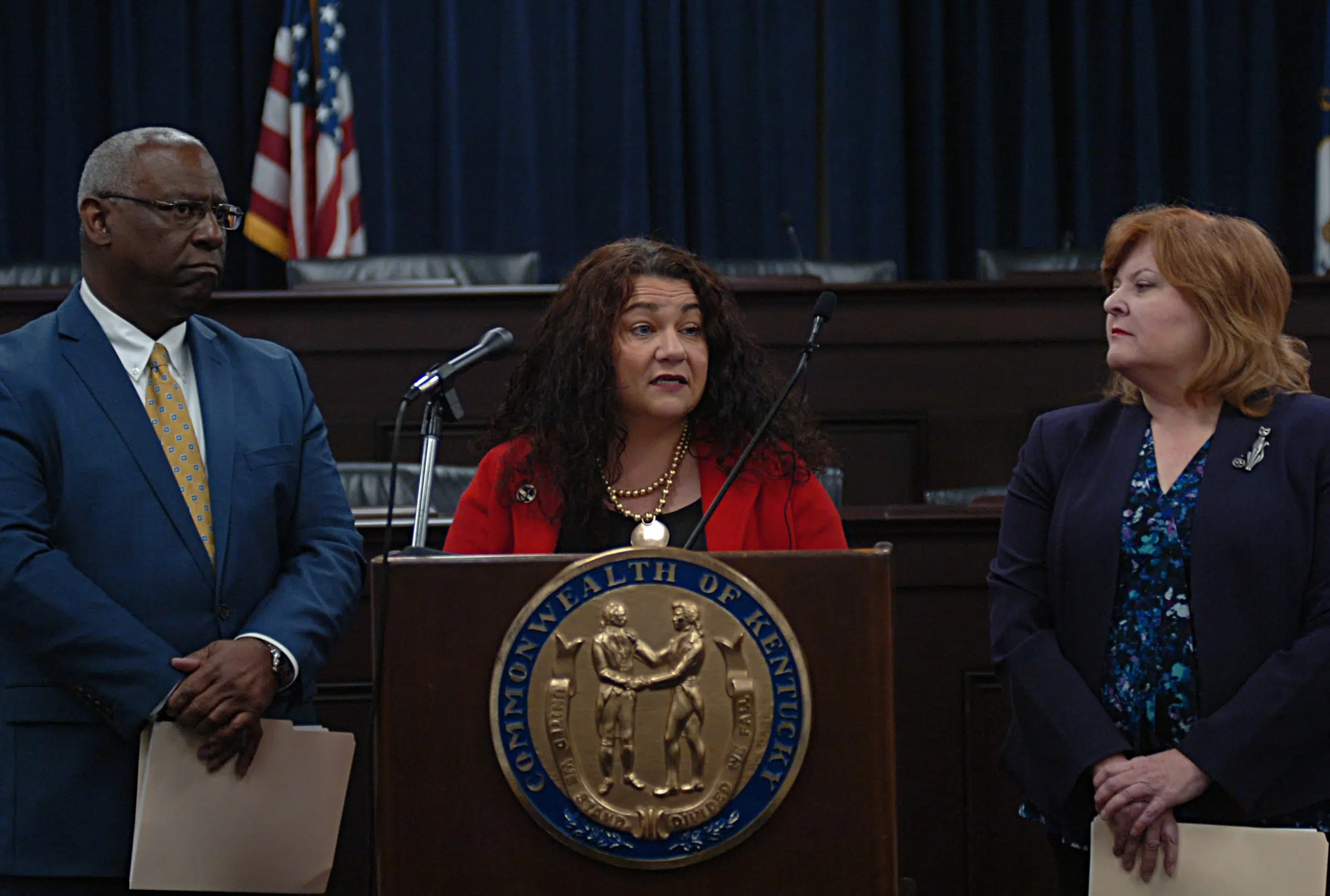In a recent interview on NBC’s “Meet the Press,” President-elect Donald Trump addressed his proposed tariffs on major U.S. trade partners, including Canada, Mexico, and China. While Trump defended tariffs as a tool to strengthen the U.S. economy, he stopped short of guaranteeing that these measures wouldn’t lead to higher prices for American consumers.
This blog examines Trump’s tariff proposals, their potential impact on the U.S. economy, and the broader implications for trade relations and consumer prices.
Trump’s Tariff Strategy: A Closer Look
Trump has long championed tariffs as a way to protect American industries, reduce trade deficits, and pressure foreign governments to meet U.S. demands. His proposed measures include:
- 25% Tariffs on Imports from Mexico and Canada: These would be imposed unless the countries take satisfactory actions to curb illegal immigration and the flow of drugs like fentanyl into the United States.
- Increased Tariffs on China: Additional levies are aimed at forcing China to crack down on fentanyl production and address trade imbalances.
Trump described tariffs as a means to “make us rich” while advocating for a “level, fast, but fair playing field” in international trade.
The Consumer Price Question
Economists have consistently warned that tariffs often result in higher prices for consumers, as import taxes increase costs for businesses that are ultimately passed on to buyers.
Trump’s Stance on Consumer Impact
When asked whether U.S. households would face higher prices due to his proposed tariffs, Trump was noncommittal:
“I can’t guarantee anything. I can’t guarantee tomorrow.”
This marks a shift from his campaign rhetoric, where he claimed his policies would curb inflation and shield consumers from price hikes.
How Tariffs Work
Tariffs are taxes imposed on imported goods. While they are designed to protect domestic industries by making foreign products more expensive, they also have unintended consequences:
- Increased Costs for Businesses: Companies relying on imported materials face higher expenses, which are often passed to consumers.
- Limited Choices: Consumers may have fewer affordable options if imports become costlier.
- Retaliatory Tariffs: Trade partners often respond with their own tariffs, further driving up prices and disrupting supply chains.
The Potential Impact of Trump’s Tariffs
On Consumers
- Higher Prices: Everyday goods like electronics, clothing, and vehicles could see price increases.
- Inflation Concerns: Additional costs from tariffs could counteract recent efforts to curb inflation.
On Trade Relations
- Strained Partnerships: Tariffs on Mexico and Canada risk damaging relations with key allies and disrupting trade agreements like the USMCA (United States-Mexico-Canada Agreement).
- Escalation with China: Further tariffs on China could intensify the ongoing trade war, impacting global supply chains.
On the Economy
- Short-Term Revenue: Tariffs generate immediate government revenue but may hurt long-term economic growth.
- Domestic Industry Benefits: Some sectors, like steel and manufacturing, may see temporary boosts from reduced competition.
Tariffs and Trump’s Broader Economic Agenda
Trump’s tariff proposals are part of a larger economic strategy that includes addressing illegal immigration, reshaping U.S. trade policies, and combating the flow of drugs like fentanyl.
Illegal Immigration and Drug Trafficking
Trump has tied tariffs on Mexico and Canada to their efforts in curbing illegal immigration and drug trafficking. Critics argue that linking trade policy to these issues complicates international relations and risks destabilizing cross-border commerce.
Competing Goals
While Trump has framed tariffs as a way to curb inflation, their potential to drive up consumer prices could undermine that goal. Balancing economic protectionism with affordability for American households will be a critical challenge.
Expert Opinions on Trump’s Tariffs
Economists and trade analysts have offered mixed reactions to Trump’s proposed tariffs:
- Supporters argue that tariffs are a necessary tool to level the playing field and protect U.S. jobs.
- Critics warn of significant economic disruptions, including higher consumer prices, strained trade relationships, and retaliatory measures from key partners.
What’s Next for U.S. Trade Policy?
As Trump prepares to take office, his administration will need to navigate the complexities of implementing tariffs without harming American consumers or businesses. Key considerations include:
- Negotiations with Trade Partners: Engaging with Mexico, Canada, and China to address concerns without escalating trade tensions.
- Domestic Impact Assessments: Evaluating how tariffs affect various industries and consumers.
- Inflation Management: Balancing trade policies with broader economic goals to ensure affordability and stability.
Trump’s proposed tariffs represent a significant shift in U.S. trade policy, aiming to protect domestic industries and address broader issues like immigration and drug trafficking. However, the potential for higher consumer prices and strained international relations highlights the complexities of this approach.
As the administration moves forward, the challenge will be to implement policies that achieve economic and political goals without placing undue burden on American households. The coming months will reveal whether Trump’s tariffs deliver on their promises or exacerbate existing economic challenges.











